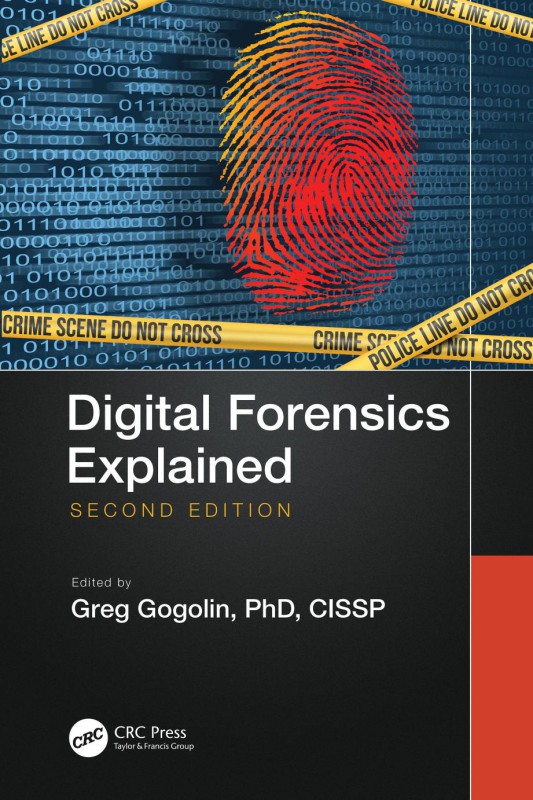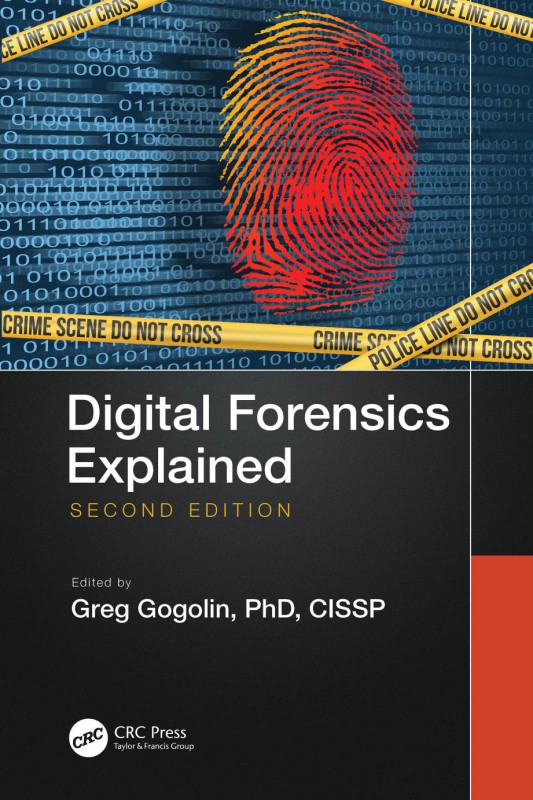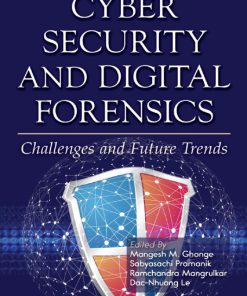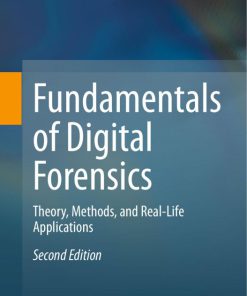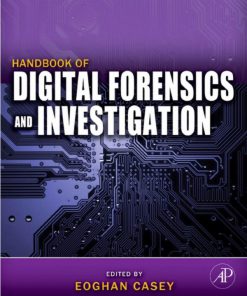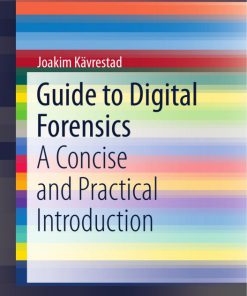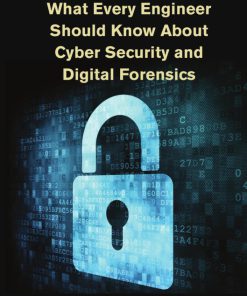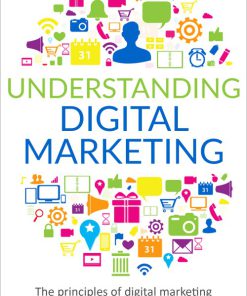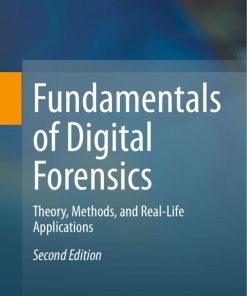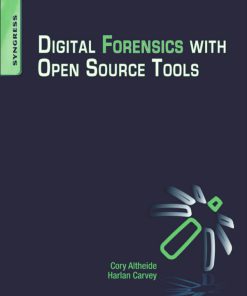Digital Forensics Explained 2nd edition by Greg Gogolin ISBN 0367503433 978-0367503437
Original price was: $50.00.$25.00Current price is: $25.00.
Authors:Greg Gogolin , Series:Cyber Security [23] , Tags:Computers; Security; General; Law; Forensic Science; Digital Forensics Explained; 2nd edition; covers the full life cycle of conducting a mobile and computer digital forensic examinations including planning and performing an investigation as well as report writing and testifying.; Digital Forensic Approaches and Best Practices; Internet and E-Mail Examinations; Mobile Forensics; Report Writing and Presentation; Link and Visual Analysis , Author sort:Gogolin, Greg , Ids:Google; 9781439874950 , Languages:Languages:eng , Published:Published:Dec 2012 , Publisher:CRC Press , Comments:Comments:The field of computer forensics has experienced significant growth recently and those looking to get into the industry have significant opportunity for upward mobility. Focusing on the concepts investigators need to know to conduct a thorough investigation, Digital Forensics Explained provides an overall description of the forensic practice from a practitioner’s perspective.Starting with an overview, the text describes best practices based on the author’s decades of experience conducting investigations and working in information technology. It illustrates the forensic process, explains what it takes to be an investigator, and highlights emerging trends. Filled with helpful templates and contributions from seasoned experts in their respective fields, the book includes coverage of: Internet and email investigations Mobile forensics for cell phones, iPads, music players, and other small devices Cloud computing from an architecture perspective and its impact on digital forensics Anti-forensic techniques that may be employed to make a forensic exam more difficult to conduct Recoverability of information from damaged media The progression of a criminal case from start to finish Tools that are often used in an examination, including commercial, free, and open-source tools; computer and mobile tools; and things as simple as extension cords Social media and social engineering forensics Case documentation and presentation, including sample summary reports and a cover sheet for a cell phone investigation The text includes acquisition forms, a sequential process outline to guide your investigation, and a checklist of supplies you’ll need when responding to an incident. Providing you with the understanding and the tools to deal with suspects who find ways to make their digital activities hard to trace, the book also considers cultural implications, ethics, and the psychological effects that digital forensics investigations can have on investigators.

